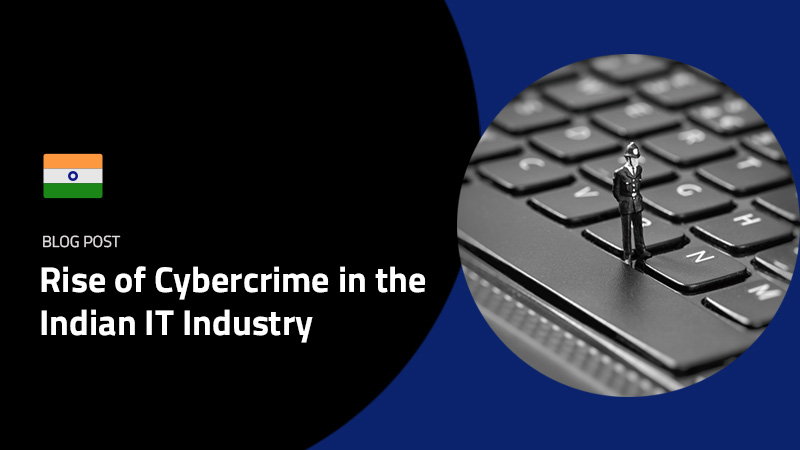There’s a lot that goes into ensuring your employees are at work when they say they’re going to be. As with any leadership challenge, It begins with setting a personal example, but you need to be able to monitor and enforce policies as well.
The battle for attendance doesn’t end with just making sure everyone shows up on time, you have to check they’re not sneaking out early too. Add the complications of keeping track of sick days, vacation days and personal days, and it’s enough to make a manager want to slip out early herself and go have a lie-down. It’s important to remember that it’s not completely your team’s fault. The urge to slack off is deeply ingrained in our lizard brains. We all prefer resting as much as possible over working. It’s mother nature’s way of helping us conserve our precious energy. She’s just making sure we have it ready for the next time we need to chase an antelope across the Serengeti in order to ensure our young one’s survival, or so we can complete sitting through all the episodes of The Walking Dead’s last season… That’s why you need employee attendance tracking software.
Help Employees Stay Honest About Attendance
Employee attendance tracking software helps provide that extra little bit of motivation for workers to show up and leave on time, even when they want to be lazy. It helps workers realize exactly how much they’re really working, regardless of their subjective experience, and helps managers get a clear picture of who’s doing what, and when. Organizations that use employee attendance tracking software are more effective at managing absenteeism, vacation days and paydays, and less prone to human errors in payroll. It is more efficient to monitor employee hours via software as opposed to on paper, as it reduces hours inflation and human errors. — Future of Privacy Foundation According to Business News Daily, time and attendance systems help:
- Log employee hours each day.
- Manage paid time off.
- Administer employee schedules.
- Monitor overtime expenses.
- Provide detailed reports on labor expenses.
- Integrate with payroll services.
- Help ensure compliance with labor laws.
Monitoring also makes it easier to target suspicious absenteeism. “I could run off a report and see how many days someone has missed,” human resources director Cathy Plouzek told HR Magazine. “With one recent termination, a person was here 90 days and had already missed eight or nine days.” Calculating time and attendance through spreadsheets, or attempting to run payroll, can result in expensive mistakes. Business 2 Community
Stay Legit
Monitoring software is governed by the rules of whichever country you’re in. There are issues to keep in mind, regardless of where you are:
- Monitor fairly – Software can be used investigatively, in order to catch a suspected attendance culprit, but it’s best to monitor as a matter of policy, and avoid the appearance of selective discipline.
- Check with your legal advisors for the scope of monitoring allowed in your jurisdiction.
- Be sure employees are all aware of the policies you have in place – and have new staff sign your employee handbook and guidelines.
How to Implement Employee Attendance Tracking Software
As we saw monitoring employee attendance makes a lot of sense for your organization, but it’s understandable if employees feathers are ruffled by the implementation process. It’s a lot to expect teams to willingly and happily submit to a new form of oversight. Introduce employee attendance monitoring software with tact and grace. Clarify to your team how the monitoring makes for a better environment, and a healthier company. Here again – leading by example, and showcasing that your own time is subject to review as well, is a great way to reduce friction. If you’re introducing monitoring software into your office for the first time, here are a few tips to make the transition smooth.
- Explain what you’re doing. Show workers exactly what will be monitored and how it will be done.
- Get some buy-in. Show them that you’re monitoring for a reasonable purpose, like to track how long it takes to complete a project.
- Write down the rules and make sure everyone has a copy. Maybe it should go without saying that employees are supposed to show up at the beginning of their shifts, but putting it in writing makes it that much more official.
Policies can be communicated in various ways: through employee handbooks, via memos, and in union contracts. – Privacy Rights Clearinghouse
- Give workers plenty of lead time before bringing the new software online. This will allow chronic latecomers to adjust their schedules.
- Be transparent. Foster trust in your workplace and make it a happy place. Let your employees know that you’re not looking to monitor their every move, but that you want to protect yourself against occasional sneaks.
- Use the software’s functionality. Employers should set up internal and external alerts about problematic behavior, such as chronic late arrivals.
Monitoring Time for Remote Employees Attendance monitoring software is also good for remote workers. Use monitoring software to:
- Make sure remote employees are logging in and out when they’re supposed to.
- Avoid burnout. Remote workers work more hours than workers in the office, according to research. When you track your employee working hours and keep them to a reasonable amount, you’re taking care of your workers’ mental health.
Before installing the software, make sure you and your employee are on the same page about working hours. Do you want them to be on the clock from 9 to 5? Or will they have flexibility to finish their tasks throughout the day? Remember: if you monitor one remote worker, you should monitor all remote workers to avoid any appearance of discrimination.
Employee Attendance Monitoring – Following Up
So you’ve generated a bunch of reports that show who is working what days. Now, it’s time to put that data to work. Is someone calling in sick a lot, making it necessary to add more staff to a project? Or perhaps you’ve noticed that the work output doesn’t change — or, even more intriguing, gets better — when someone doesn’t come to work? Use that information to take a hard look at your staffing. Improvements come from identifying and changing problematic patterns of behavior, not from triggering alarms every time someone does something out of policy. – Inc. Employee monitoring makes sense. It keeps track of workers’ productivity. It tracks absenteeism, calculates pay and frees up HR staff for other duties. It can streamline operations. It will help make your company better Please go to the Digital Endpoint website If you’re interested in finding out more about employee attendance tracking software.






